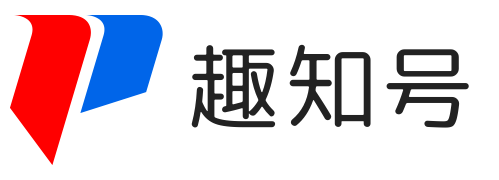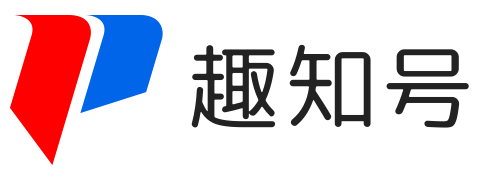在HTML中,表格是由<table>标签来创建的,它包含了行(<tr>)和列(<td>),每一行被称为一个表格行(<tr>),而每一列被称为一个数据单元格(<td>),如果你想要在表格中创建一个跨越多行或多列的单元格,可以使用<tfoot>, <th>, <colgroup>, <col>等标签。
1、<tr>: 表格行(Table Row)标签用于定义表格中的一行,一个<tr>可以包含多个<td>元素。
<table>
<tr>
<td>单元格1</td>
<td>单元格2</td>
<td>单元格3</td>
</tr>
</table>
2、<td>: 数据单元格(Table Data)标签用于定义表格中的一个单元格,一个<td>可以包含文本、图片、链接等。
<table>
<tr>
<td>单元格1</td>
<td>单元格2</td>
</tr>
<tr>
<td>单元格4</td>
<td>单元格5</td>
</tr>
</table>
3、<th>: 表头单元格(Table Header)标签用于定义表格中的表头单元格,通常,<th>元素会加粗并居中显示。
<table>
<tr>
<th>标题1</th>
<th>标题2</th>
</tr>
<tr>
<td>单元格1</td>
<td>单元格2</td>
</tr>
</table>
4、<tfoot>: 表格尾部(Table Footer)标签用于定义表格的尾部,通常,<tfoot>元素包含表格的总结或总和。
<table>
<tr>
<th>标题1</th>
<th>标题2</th>
</tr>
<tr>
<td>单元格1</td>
<td>单元格2</td>
</tr>
<tfoot>
<tr>
<td>总计</td>
<td>单元格数</td>
</tr>
</tfoot>
</table>
5、<colgroup>: 列组(Column Group)标签用于对表格中的一列或多列进行分组。
<table>
<colgroup>
<col style="background-color:yellow">
<col style="background-color:blue">
</colgroup>
<tr>
<td>单元格1</td>
<td>单元格2</td>
</tr>
<tr>
<td>单元格3</td>
<td>单元格4</td>
</tr>
</table>
6、<col>: 列(Column)标签用于定义表格中的一列。<col>元素通常与<colgroup>元素一起使用。
<table>
<colgroup>
<col style="background-color:yellow">
<col style="background-color:blue">
</colgroup>
<tr>
<td>单元格1</td>
<td>单元格2</td>
</tr>
<tr>
<td>单元格3</td>
<td>单元格4</td>
</tr>
</table>
通过使用这些标签,你可以创建出具有不同样式和结构的表格,在设计表格时,要注意表格的可读性和可访问性,确保内容清晰且易于理解。
抖音足球直播
抖音足球直播
企鹅直播
企鹅直播
足球直播
爱奇艺直播
爱奇艺足球直播
足球直播
足球直播
iqiyi直播
足球直播
足球直播
QQ足球直播
QQ足球直播
足球直播
足球直播
QQ足球直播
QQ足球直播
足球直播
足球直播
快连
快连
快连
快连下载
快连
足球直播
足球直播
足球直播
足球直播
足球直播
足球直播
足球直播
足球直播
足球直播
新浪足球直播
新浪足球直播
足球直播
足球直播
有道翻译
有道翻译
有道翻译
有道翻译
wps
wps
wps
wps
足球直播
足球直播
足球直播
足球直播
足球直播
足球直播
足球直播
足球直播
新浪足球直播
新浪足球直播
足球直播
足球直播







还没有评论,来说两句吧...